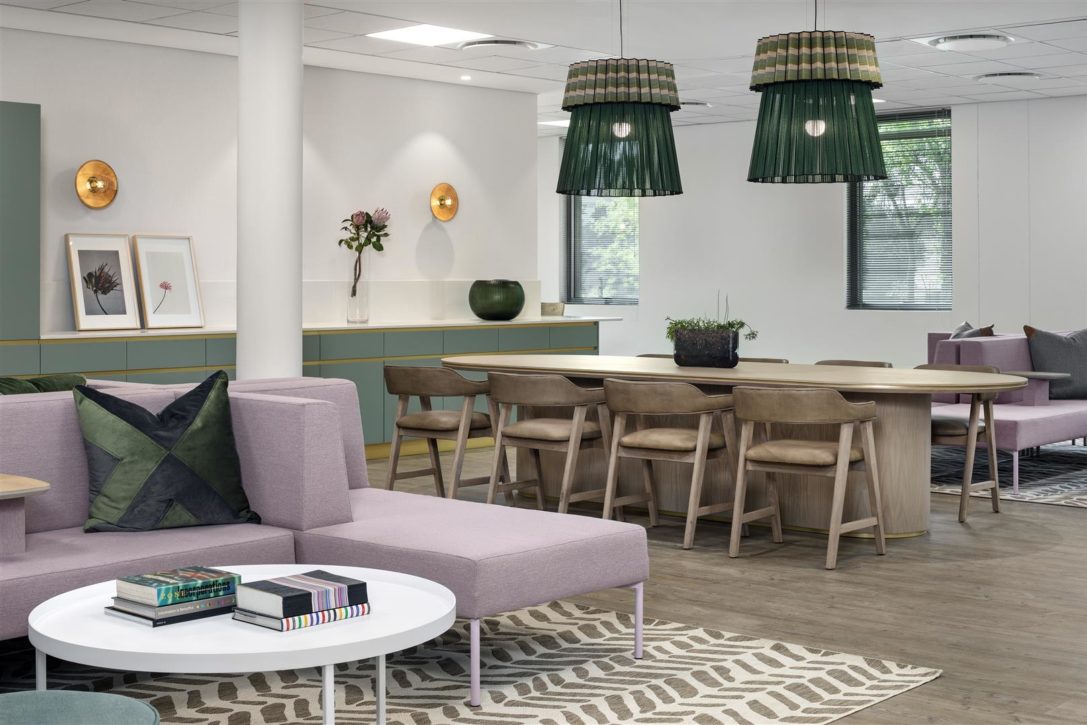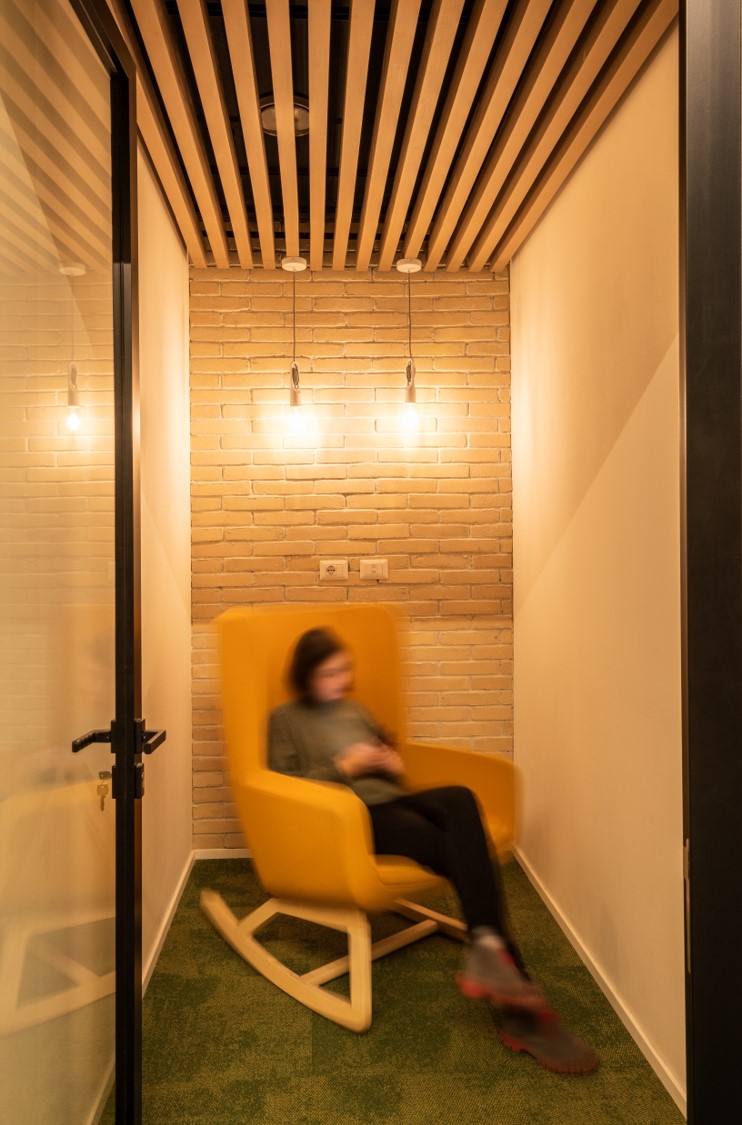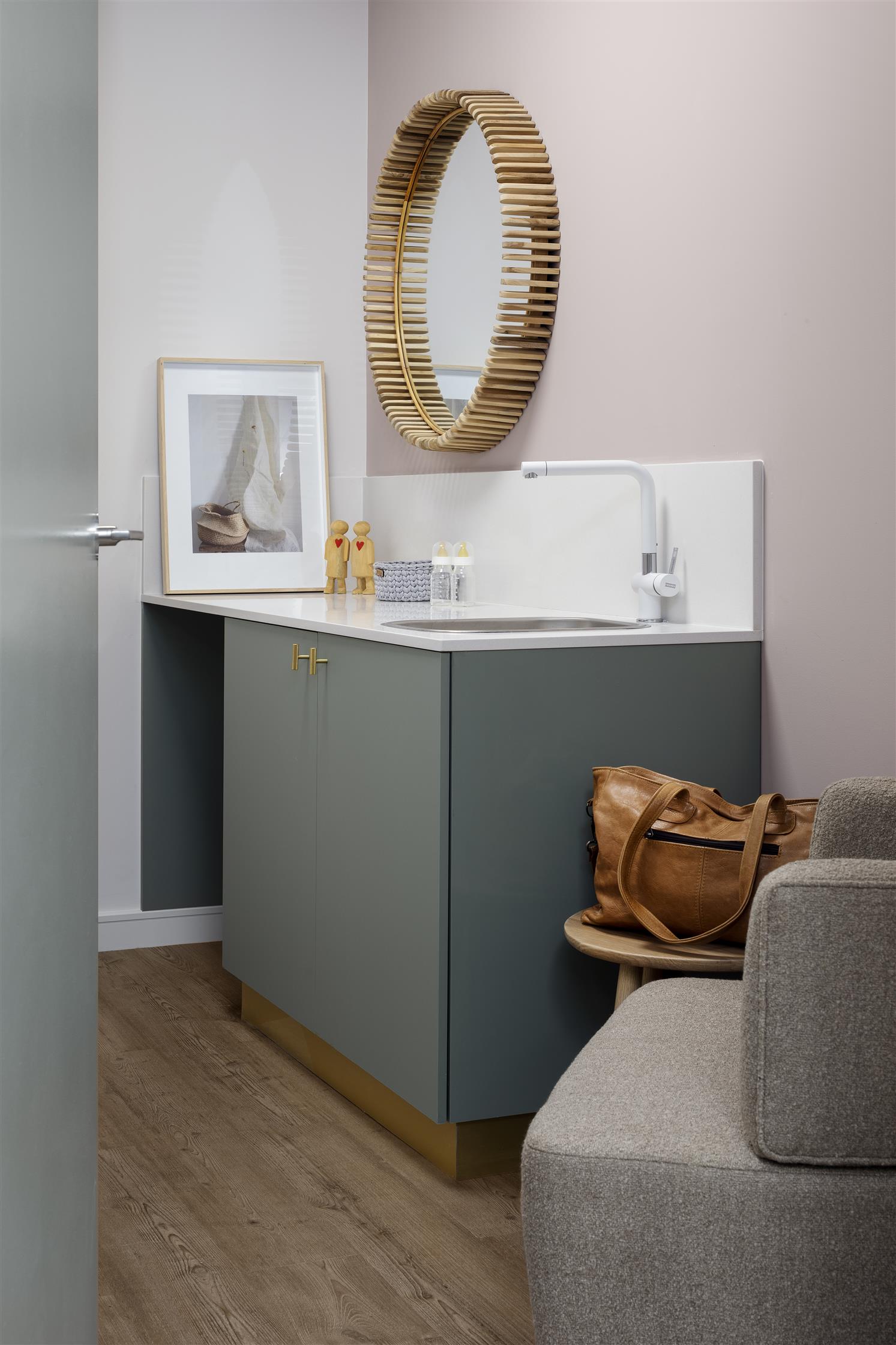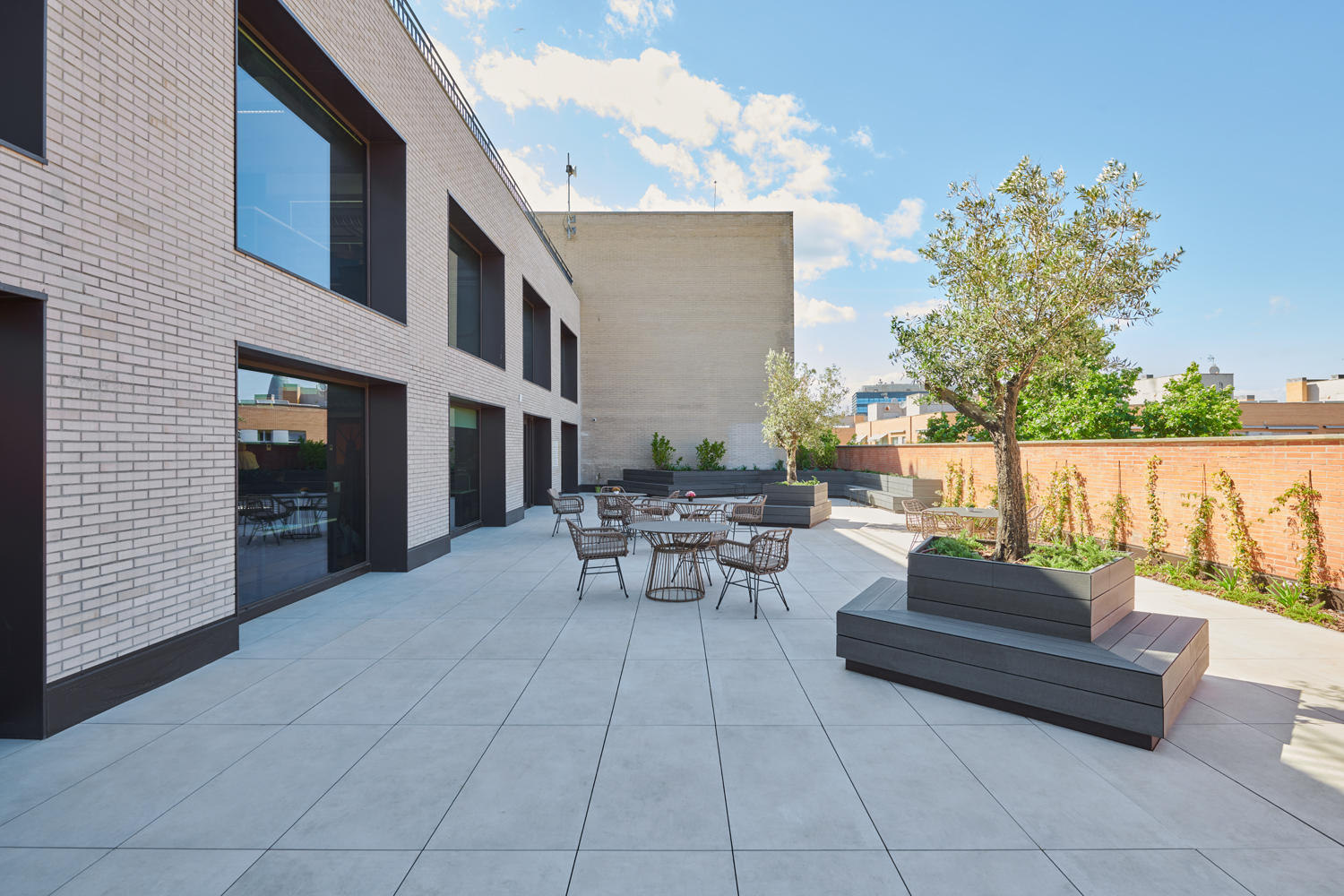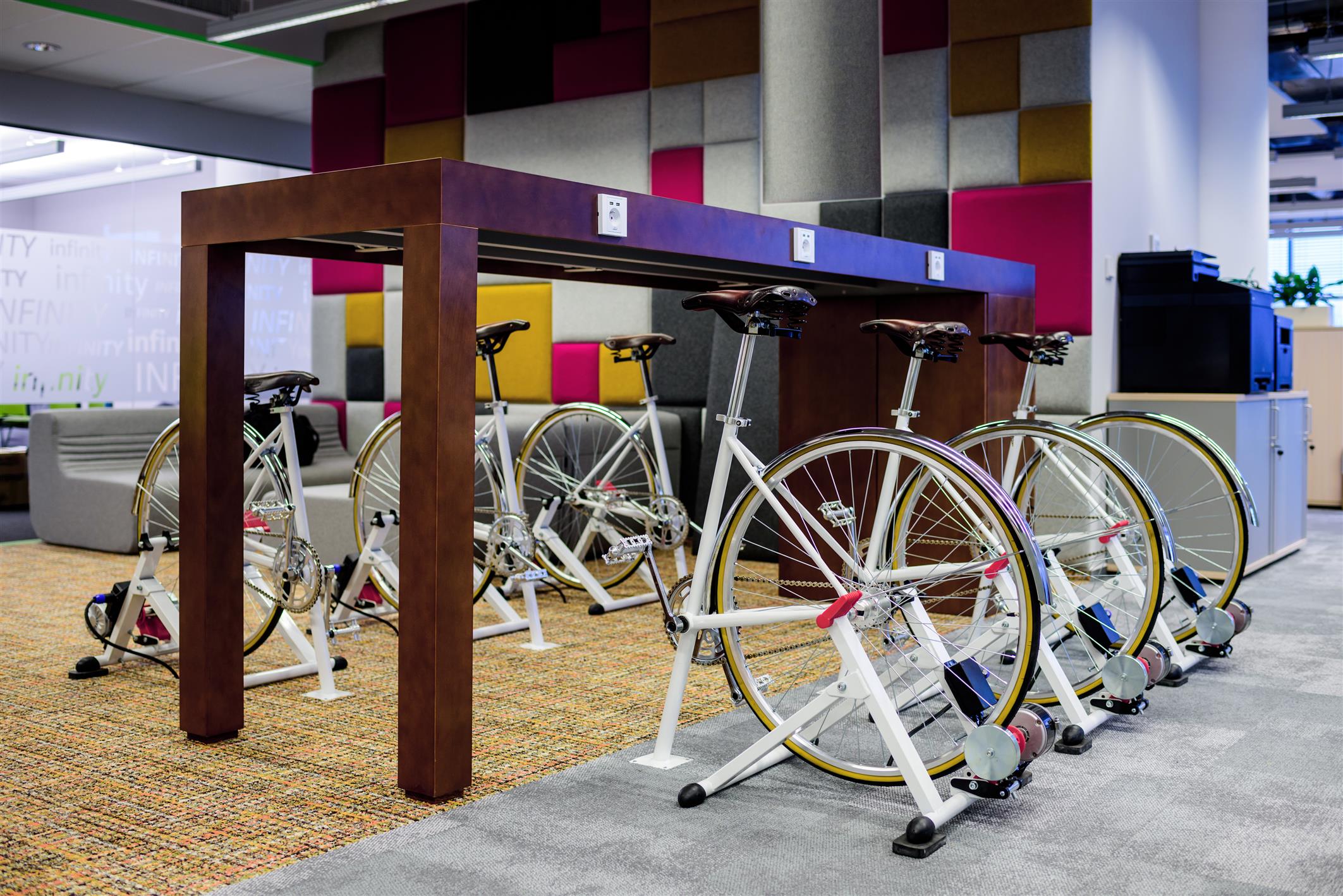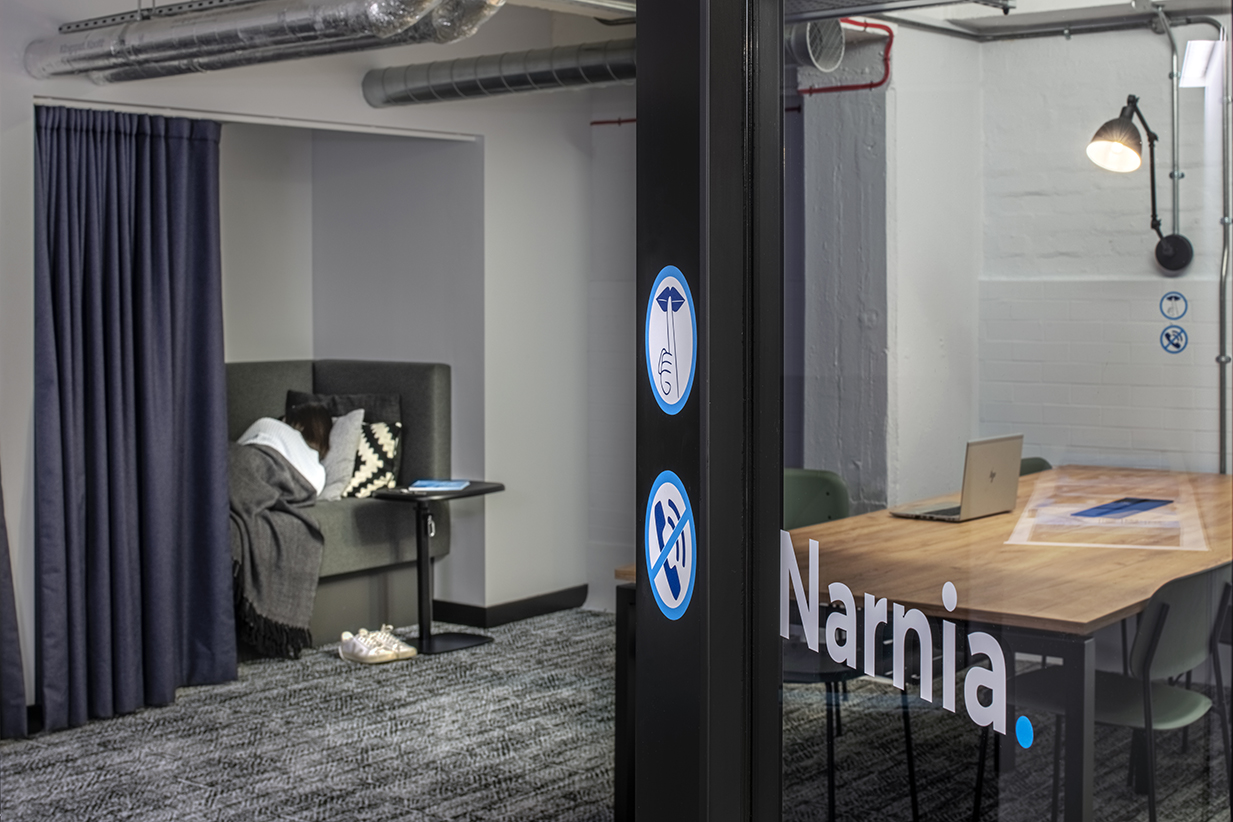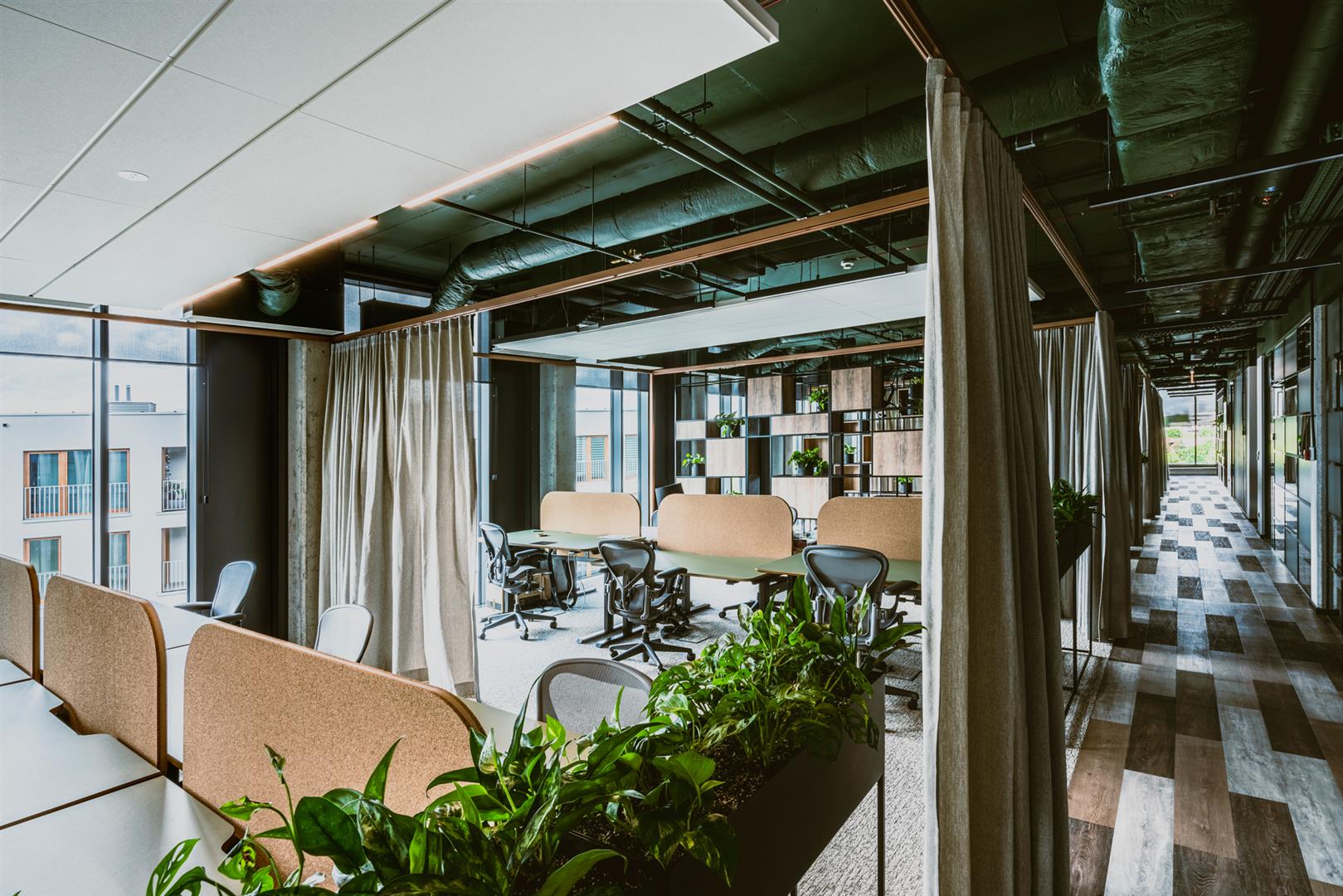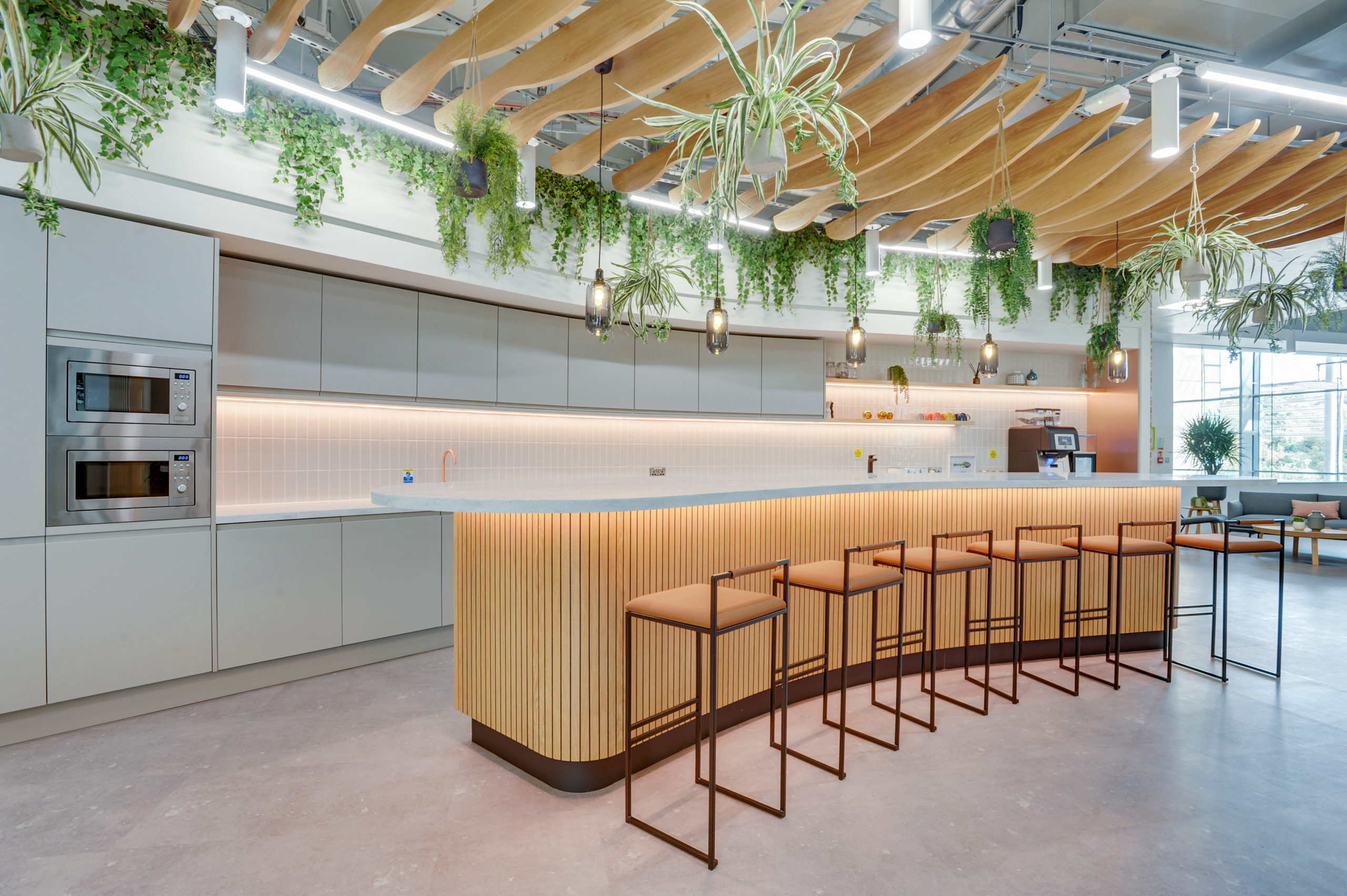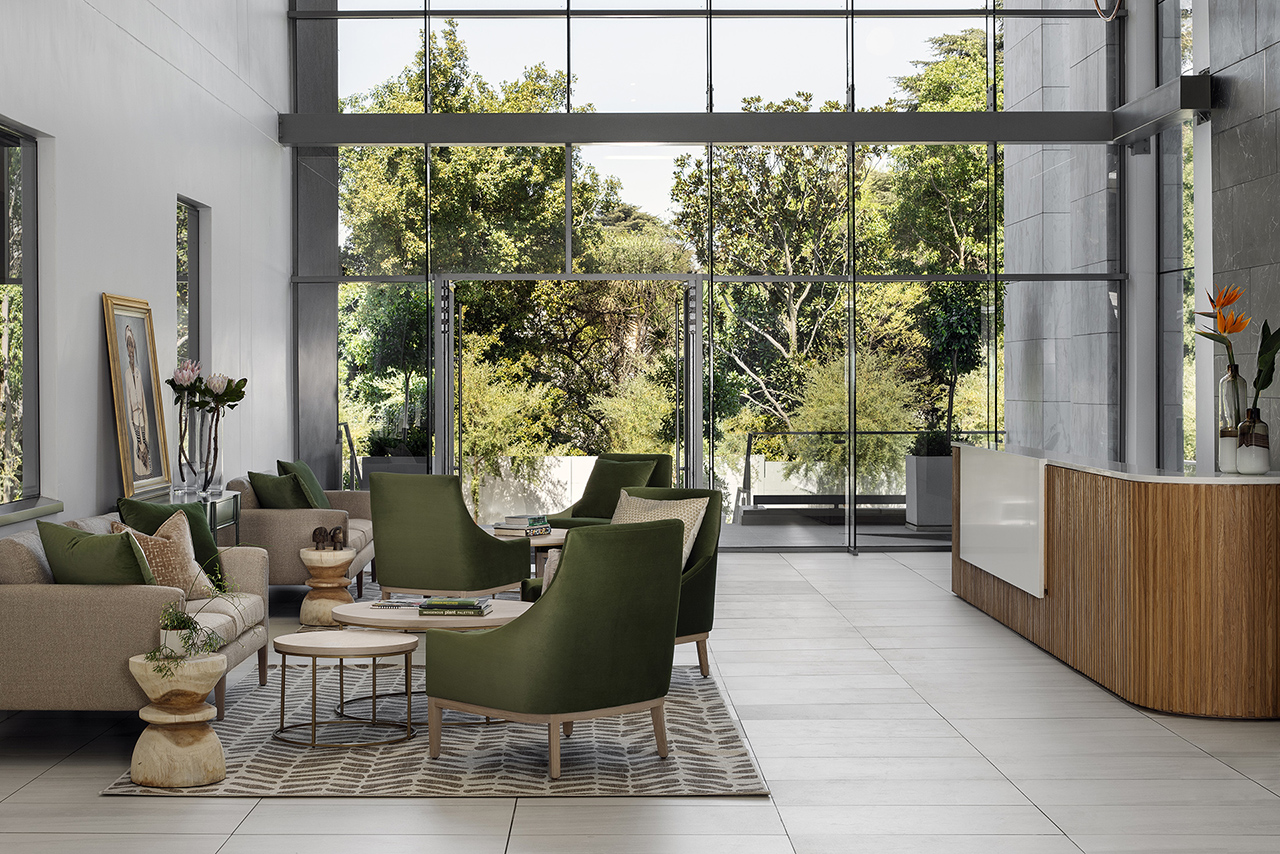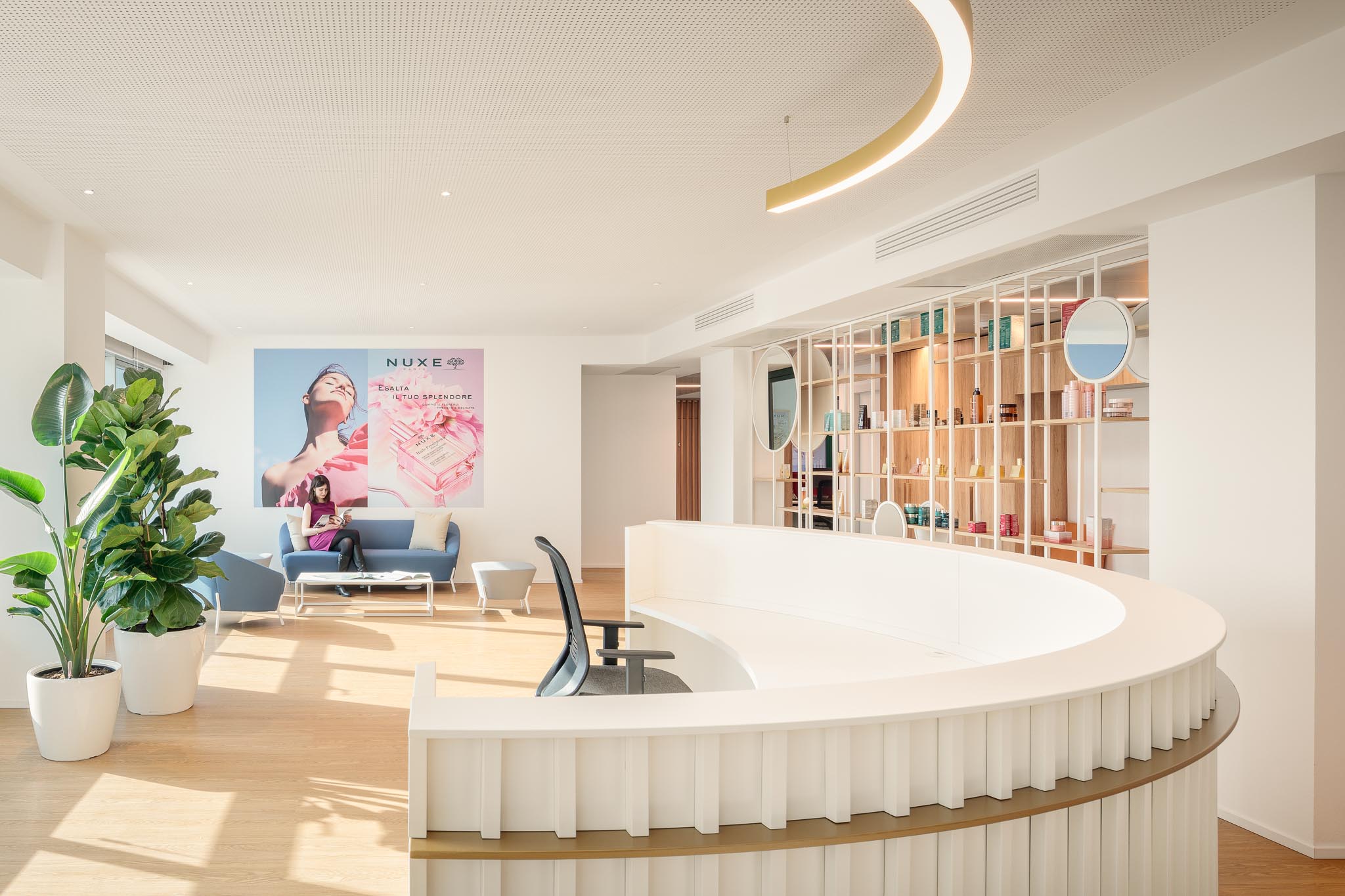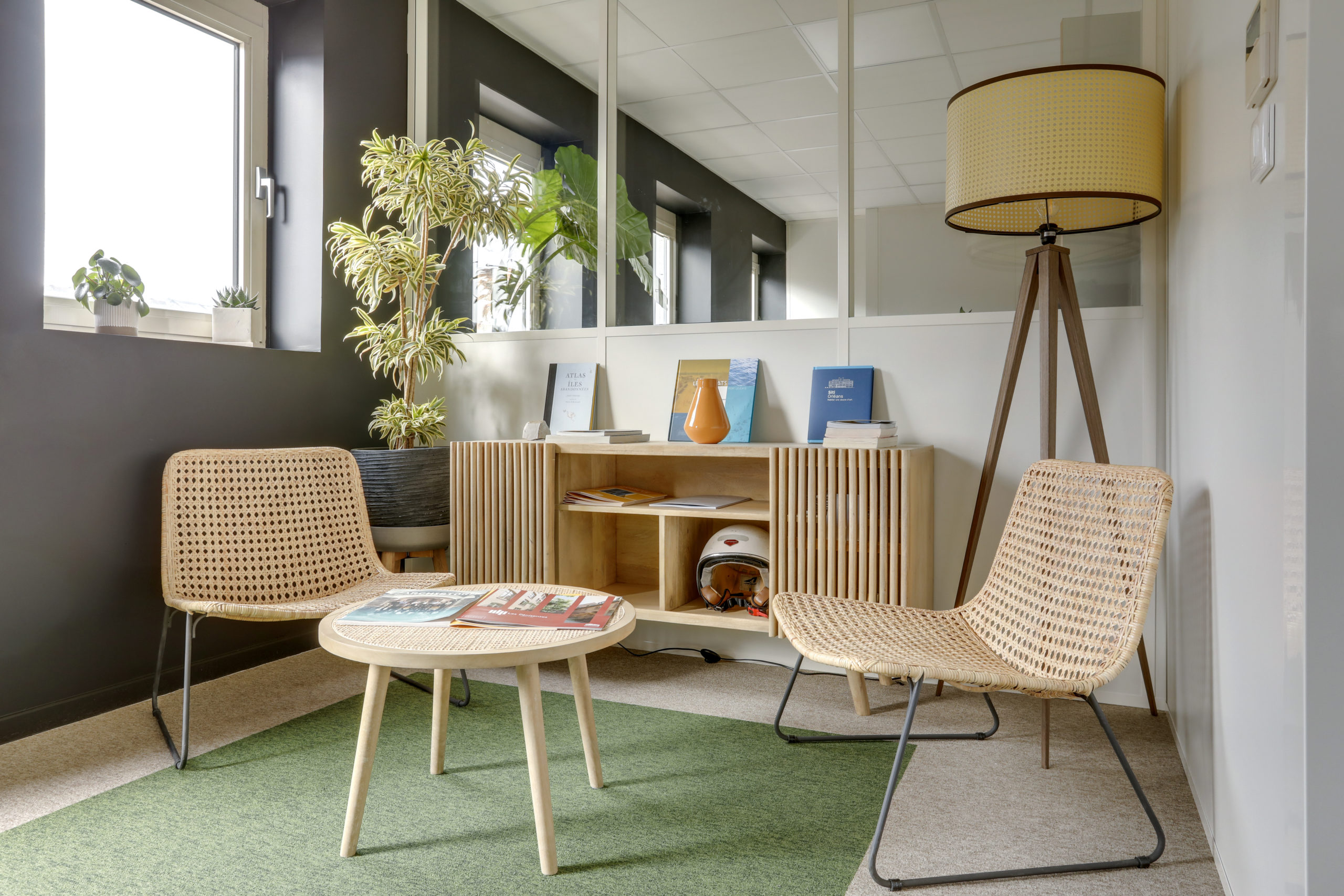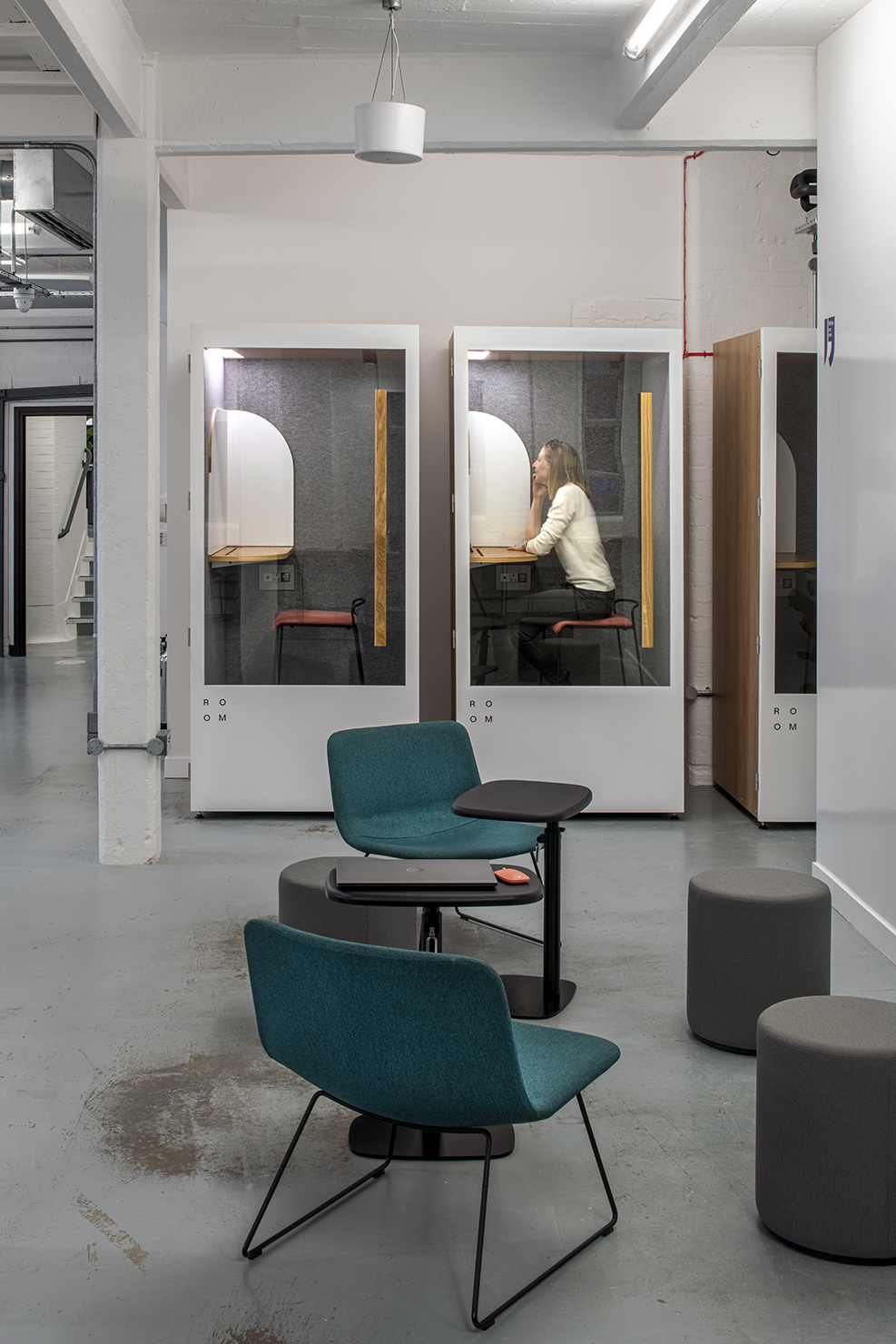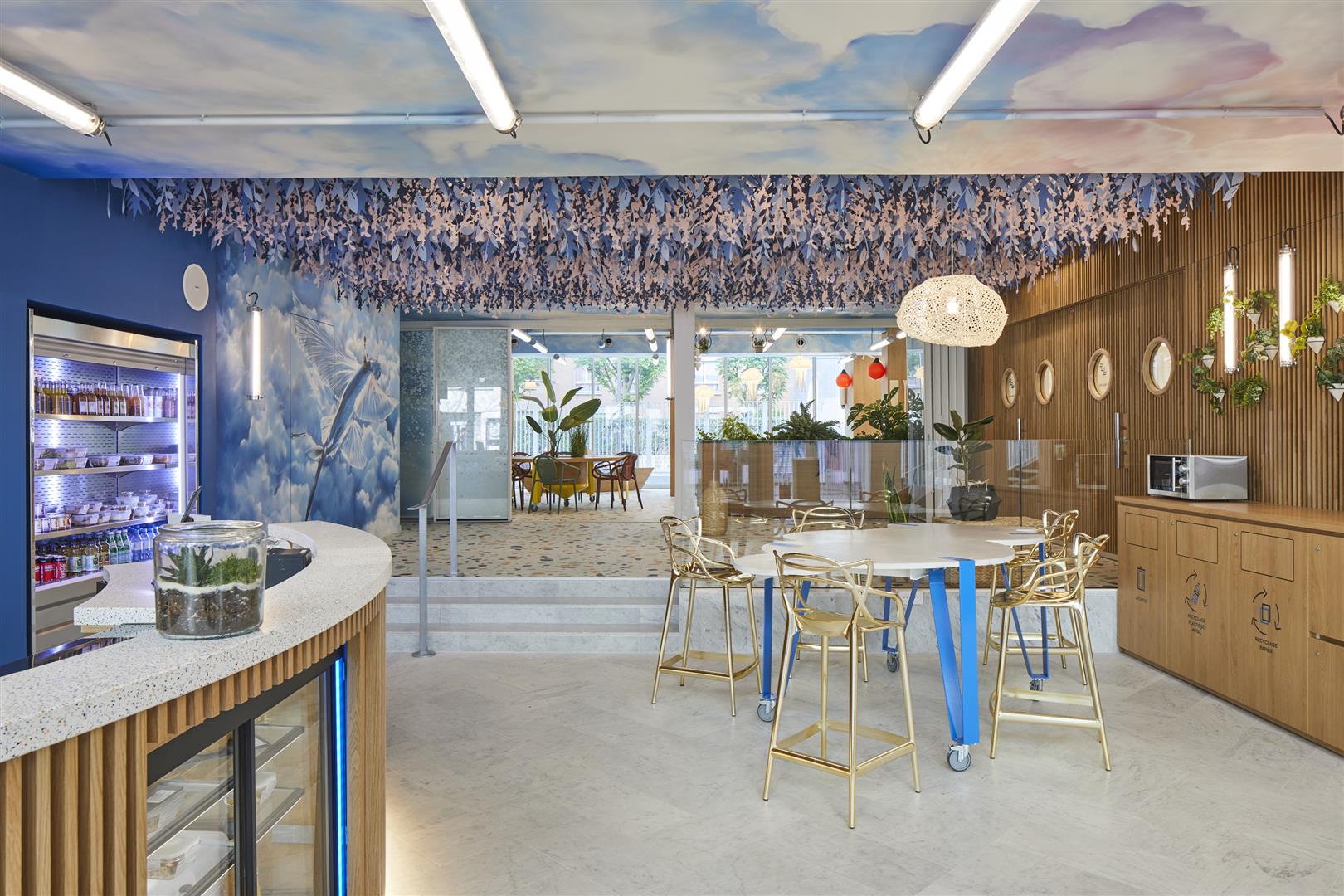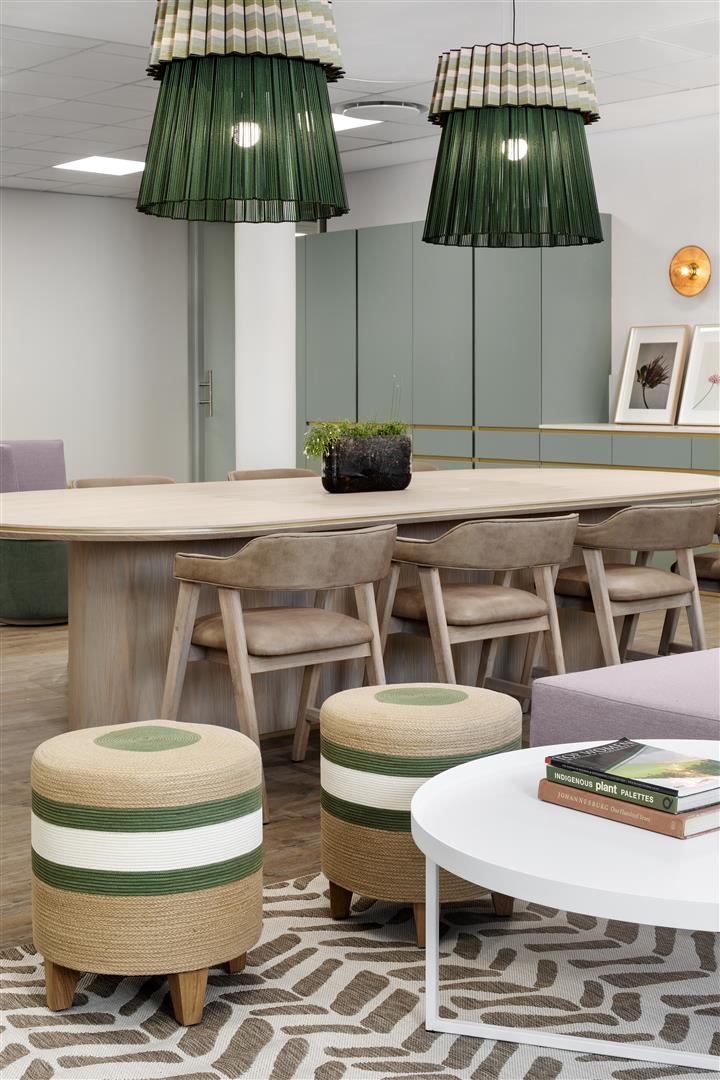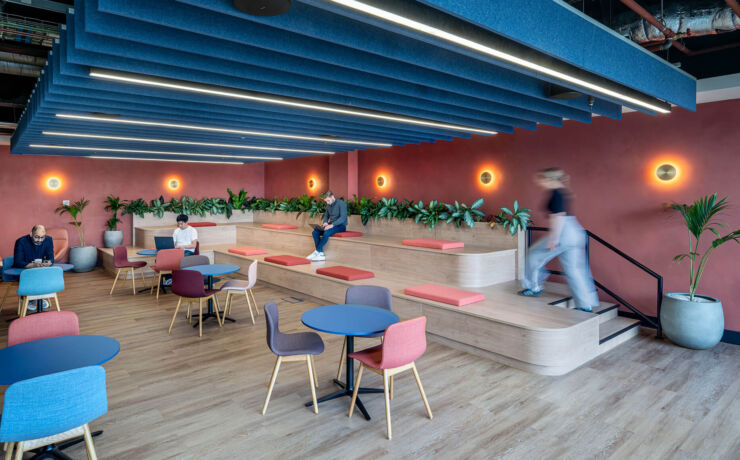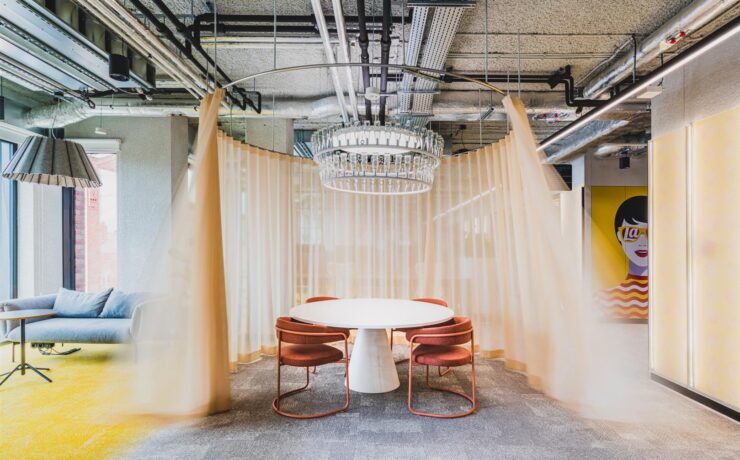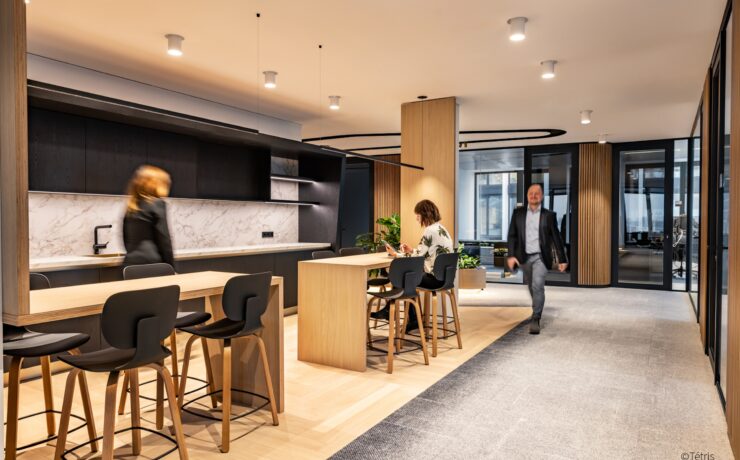As 2021 draws to a close, we’re looking forward to 2022, and a new year brings out new trends in the world of interior design. Here, our experts discuss what they think will be the key design trends over the next 12 months.
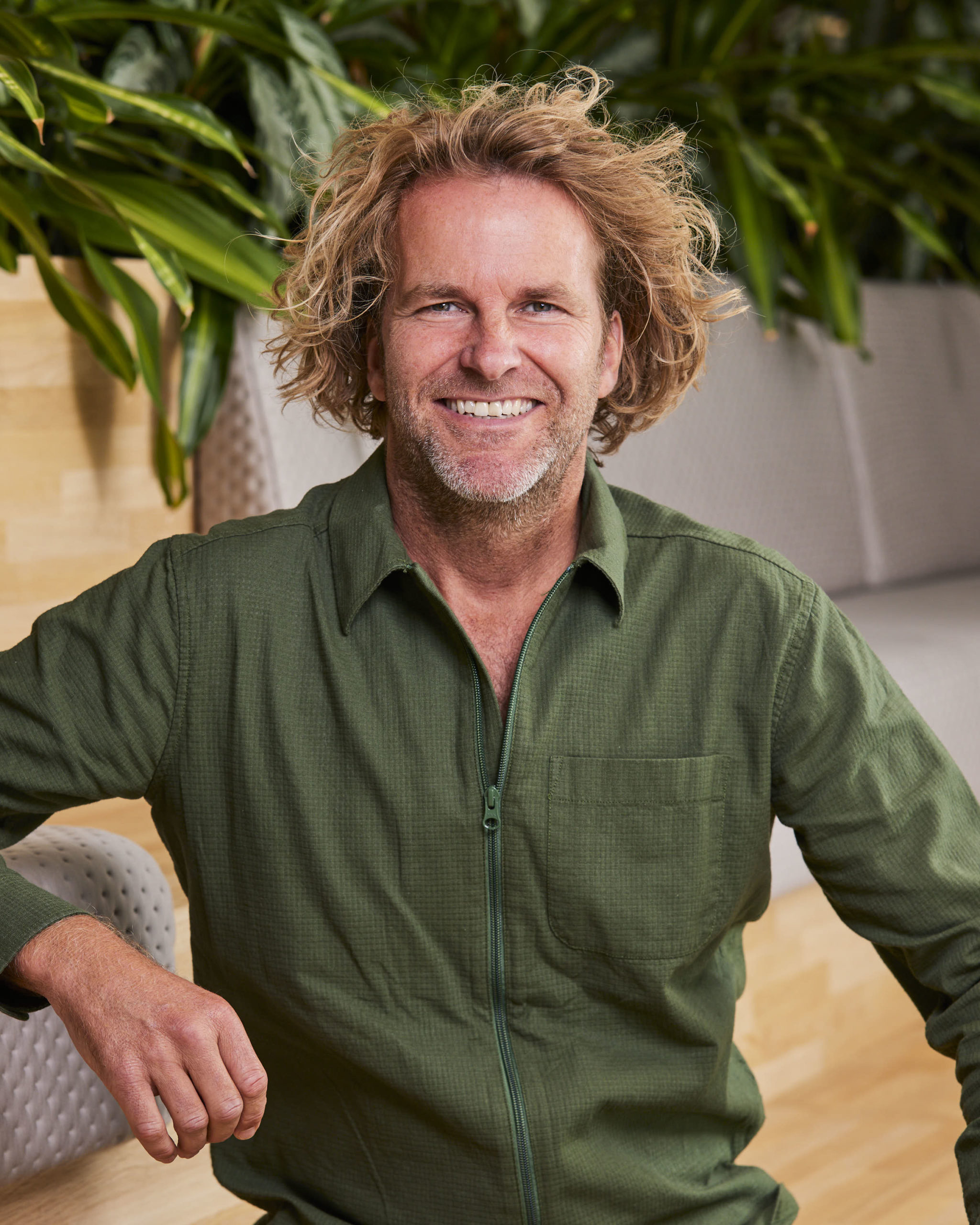
The year of the employee
Niels Kramer, Creative Director for Tétris, The Netherlands
Employee-driven design choices will be the main design trend of the year. The pandemic forced everyone to change the way they work, and employees have proven they can be as productive at home as they are in the office, sometimes even more so, so companies will need to ask their employees what features they want and would find useful in the office. The office will be an employee-driven choice rather than an exercise in presenteeism as we don’t live to work; our work should slot into our lifestyles, so the office needs to do the same.
In terms of encouraging people back into the office, inclusive, thoughtful design is key. There should be spaces dedicated to not working, such as relaxation and meditation rooms, rooftop gardens and allotments, and fun games rooms where people can socialise.
Buildings that offer other amenities – such as a gym, dry cleaning and repair services – will have the upper hand as they can allow people to get daily life admin done while they’re in the office, making the trip to the office not just beneficial for their professional life, but their personal life too.
If the office offers something more than just a place to work and provides a place where you can sort out other parts of your life, it will encourage people to come in.
Softer, comfortable design inspired by nature
Muriel Landrin, Artistic Director for Tétris, France
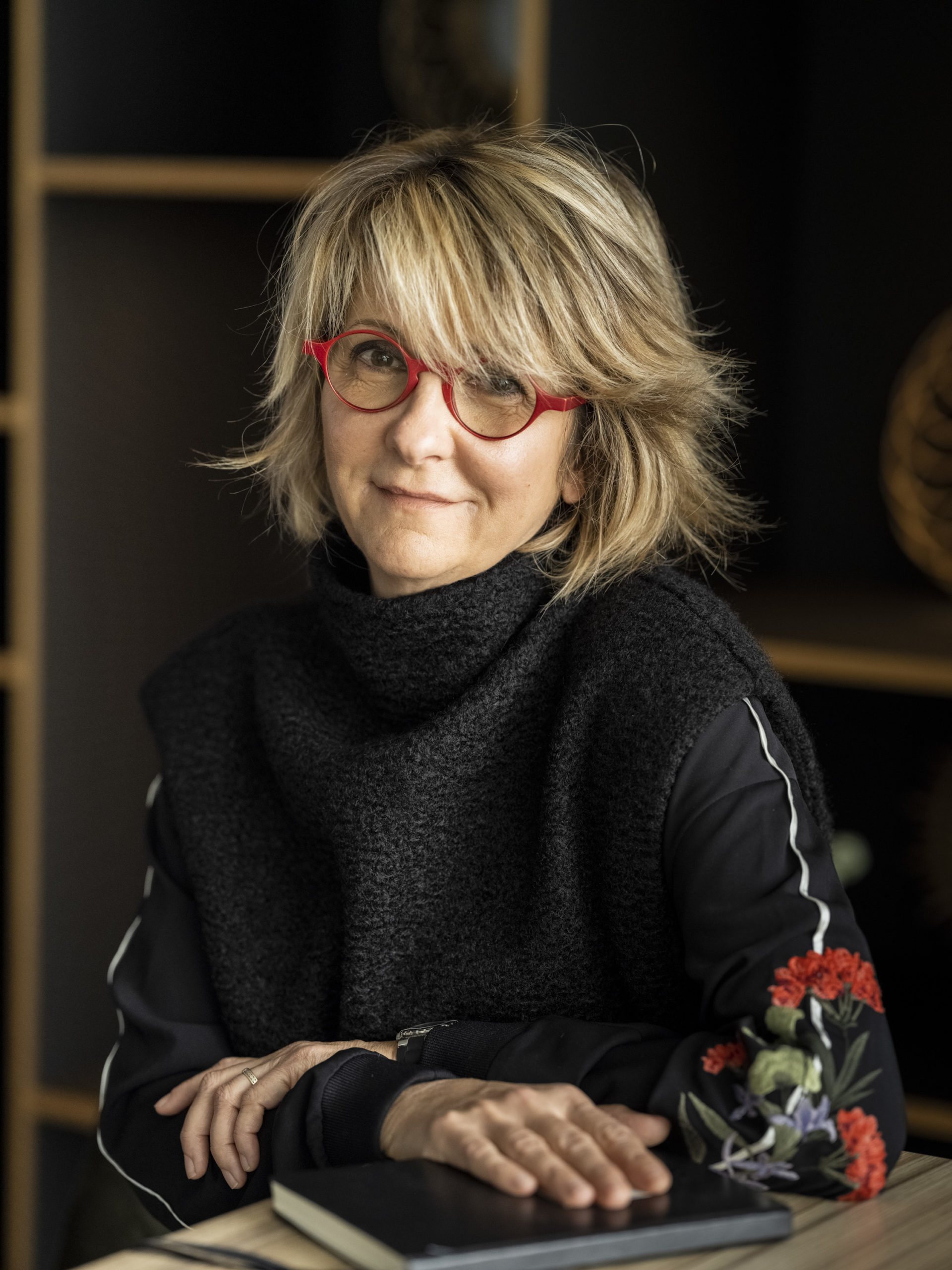
More and more companies are embracing green design and biophilia and, in 2022, everyone will incorporate green and natural elements into their space because of the positive impact it has on the environment and people’s wellbeing.
To complement this, there will also be a shift away from the clinical greys typically used within office buildings; think khaki, light browns, and soft blues. These are still neutral colours but remind people of nature, boosting their moods and productivity levels. Green not only brings a sense of nature to your indoor space, but has been shown to improve alertness, whereas blue helps people relax and unwind after a long day at the office.
Comfort will also play a massive role in encouraging people to get back to the office and will make all the difference. People want to work where they’re going to be comfortable, so one of the biggest design trends will be prioritising comfort through neurodesign, which is the idea of making design decisions based on how people psychologically react to different shapes, textures and colours.
Comfort can come from any number of things, from softer materials and furniture, to rounder shapes.
Studies have shown that people feel comforted by and prefer round shapes as opposed to geometric ones, so expect lots of round shapes in everything – from furniture to lighting and beyond. Softer, more inclusive materials such as velvet, wool and fleece will become increasingly popular as these materials provide added comfort and are also helpful for those with sensory issues and neurodiversities.
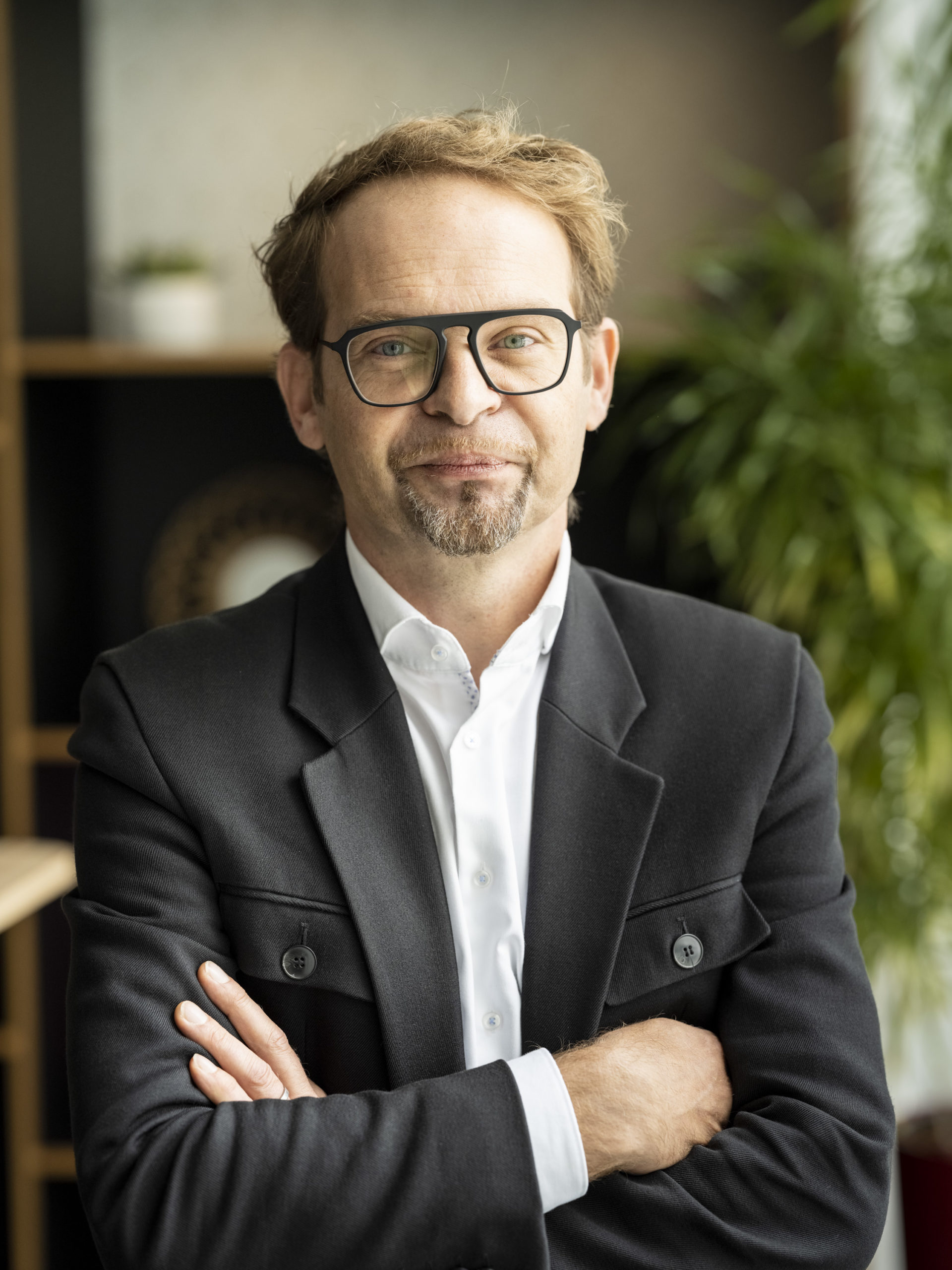
Social responsibility will attract and retain talent
Valéry Guesne, Creative Director for Tétris, France
Social responsibility will be a major theme. It goes beyond putting plants in your office – it’s also about giving back to local communities, creating a circular economy and sourcing locally.
Most importantly, it’s about recycling and reusing materials you already have to reduce waste.
It’s important to think about design in a more holistic way, even if that initially means spending more – it will be worth it in the long run. High quality materials will stand the test of time, so it’s better to buy them and then repurpose them over the years according to your needs.
Research has shown that the largest working demographic – Millennials and Gen Z – care about what happens to the planet. Money isn’t the main priority for these younger workers, so they’re likely to choose an employer that gives them a better work/life balance or an employer who invests in sustainable design.
Given the Great Resignation that the pandemic has triggered, we can see that people are reassessing their personal and professional lives. So social responsibility and meaningful environmental, social and corporate governance goals that can be achieved through design will help companies attract and retain talent.
We’re looking forward to the year ahead and can’t wait to see what other trends pop up over the months.

